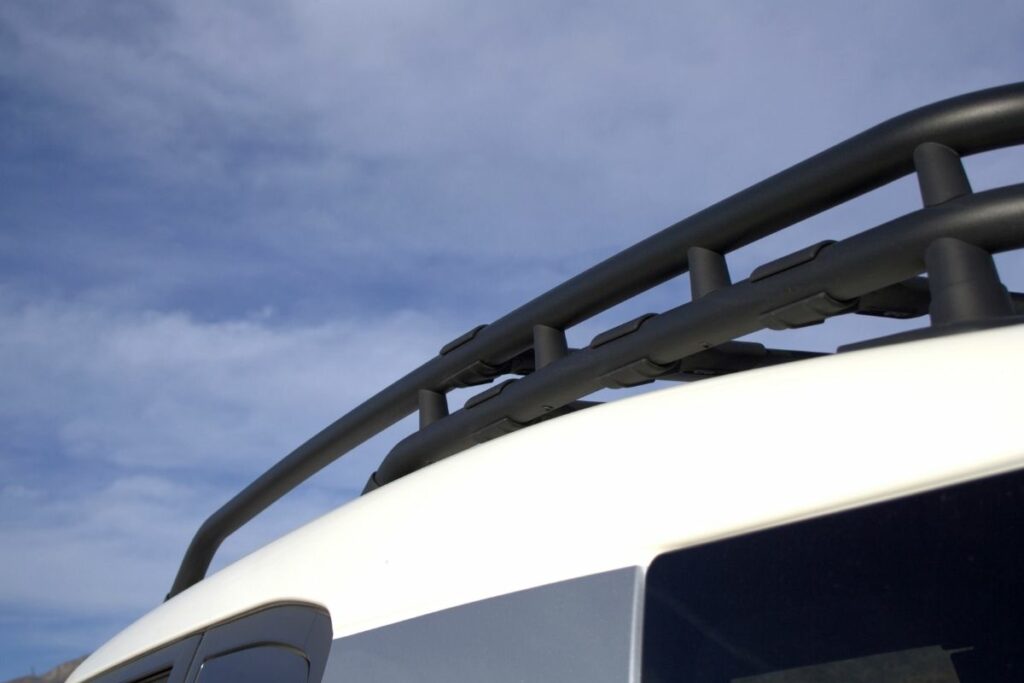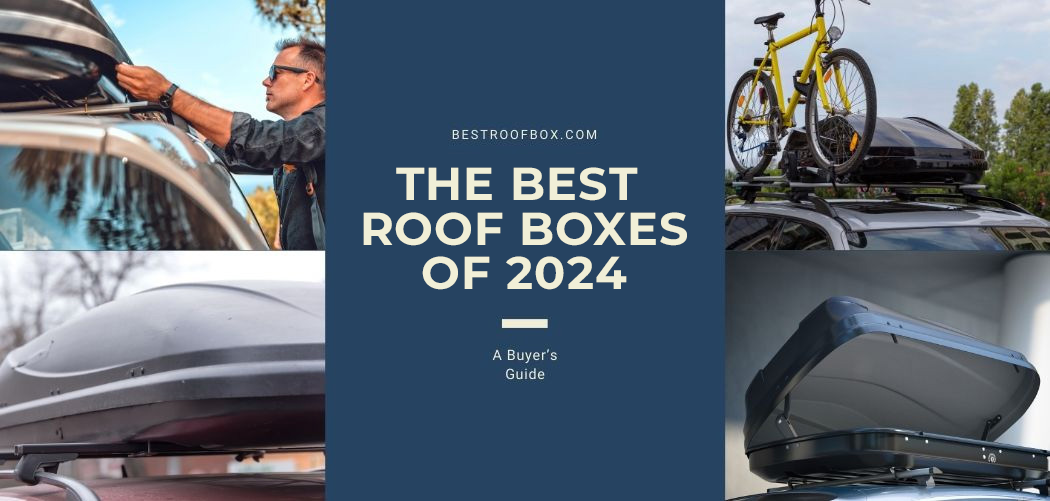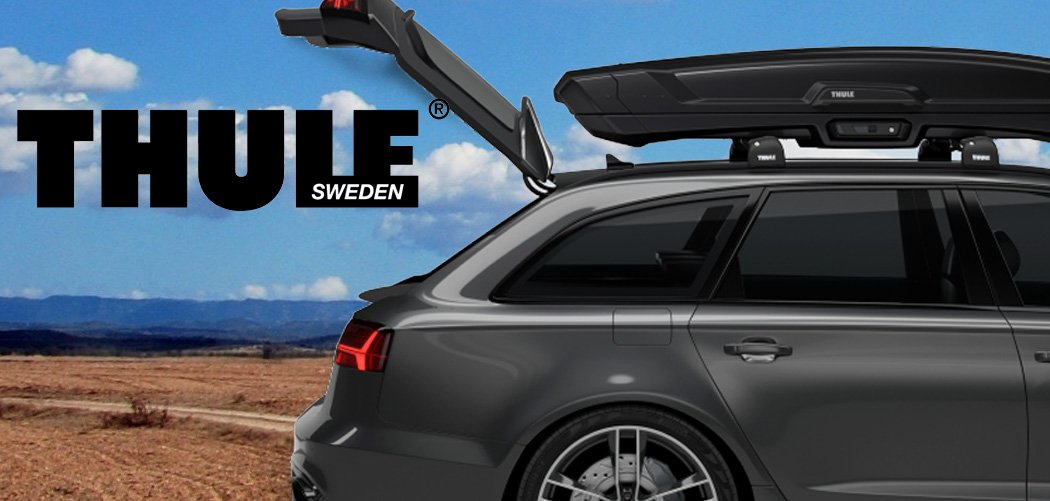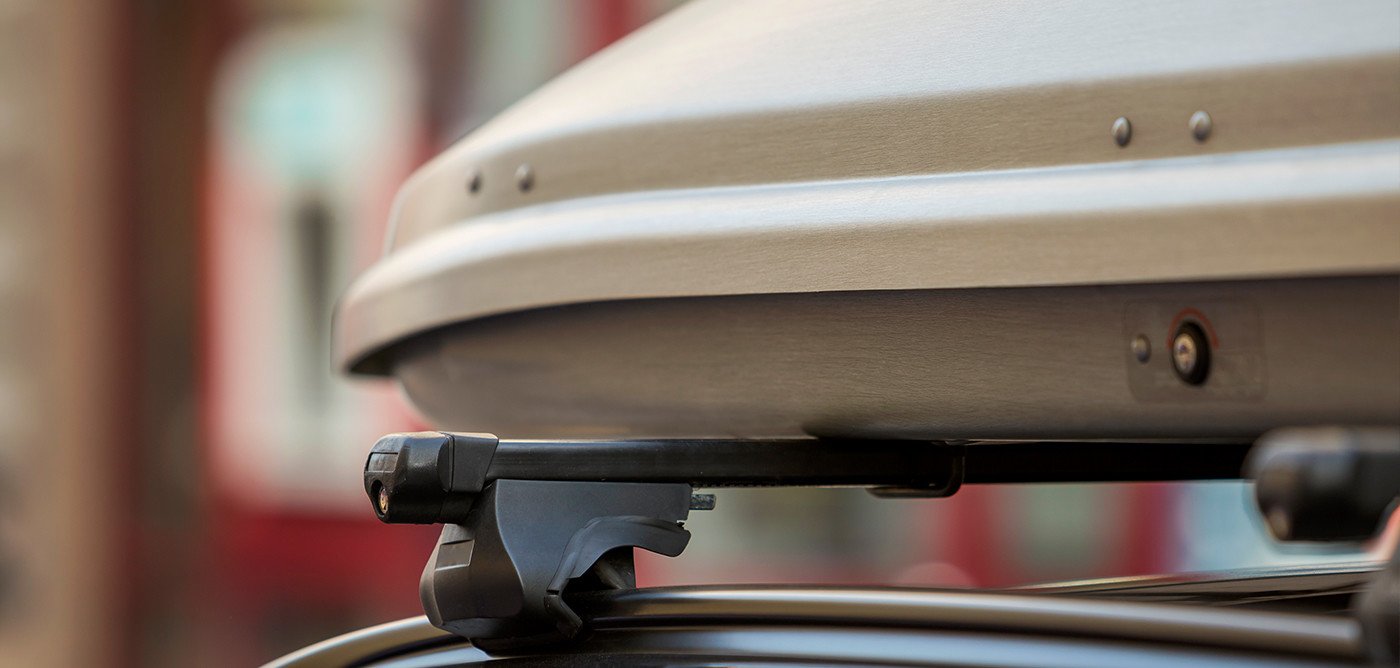Do you need crossbars for a roof rack? A roof rack gives you more cargo room and versatility. You can use it for camping or off-road activities.If you’re wondering whether you need crossbars for your roof rack or not, then read on, as you’ll find out all you need to know in this easy-to-follow guide!
Table of Contents
What Are Crossbars?
A crossbar is a strong metal bar used to secure things to the roof of a vehicle. Crossbars are usually attached to the top of the car. Cargo bags must be secured by crossbars to prevent them from falling off the car.
Crossbars are usually used to attach two parts together. Crossbars come in many different sizes and shapes. Factory set points are marked points for attachment of bars. Some externally made crossbar barely fits into already mounted points.
Cargo boxes should always have crossbars. You can use them to transport luggage or other heavy items. If your cargo weight is too high, then you may want to consider using a different type of roof storage box.
Car roofs should be equipped with crossbars to hold bags safely. You should never trust your luggage alone when traveling by car. Crossbars help prevent luggage from falling off the car.
Why A Cross Bar May Be Necessary
Your car should be equipped with a roof rack. You must also purchase a protective mat to prevent scratches or peeling paint.
Crossbars are used for many different purposes. Some people use them as a decoration, while others use them to hold up a roof or wall. There are many types of crossbars available, including steel, aluminum, wood, and plastic. You can also choose from a wide variety of colors.
Do You Need Crossbars For A Roof Rack?
Crossbars are used to secure luggage on roofs of cars. They’re also used to secure luggage inside cars. Crossbars are made of metal or plastic. Metal bars are strong and durable while plastic ones are lightweight and easy to use.
Crossbars are used to secure cargo on top of cars. They are made up of two parts: a horizontal bar and a vertical bar. These crossbars provide support and security to the cargo placed on top of them. Crossbars are also used to hold the cargo in place.
Cross bars are important. You should use them!
Do You Need A Cross Bar For Cargo Bags?
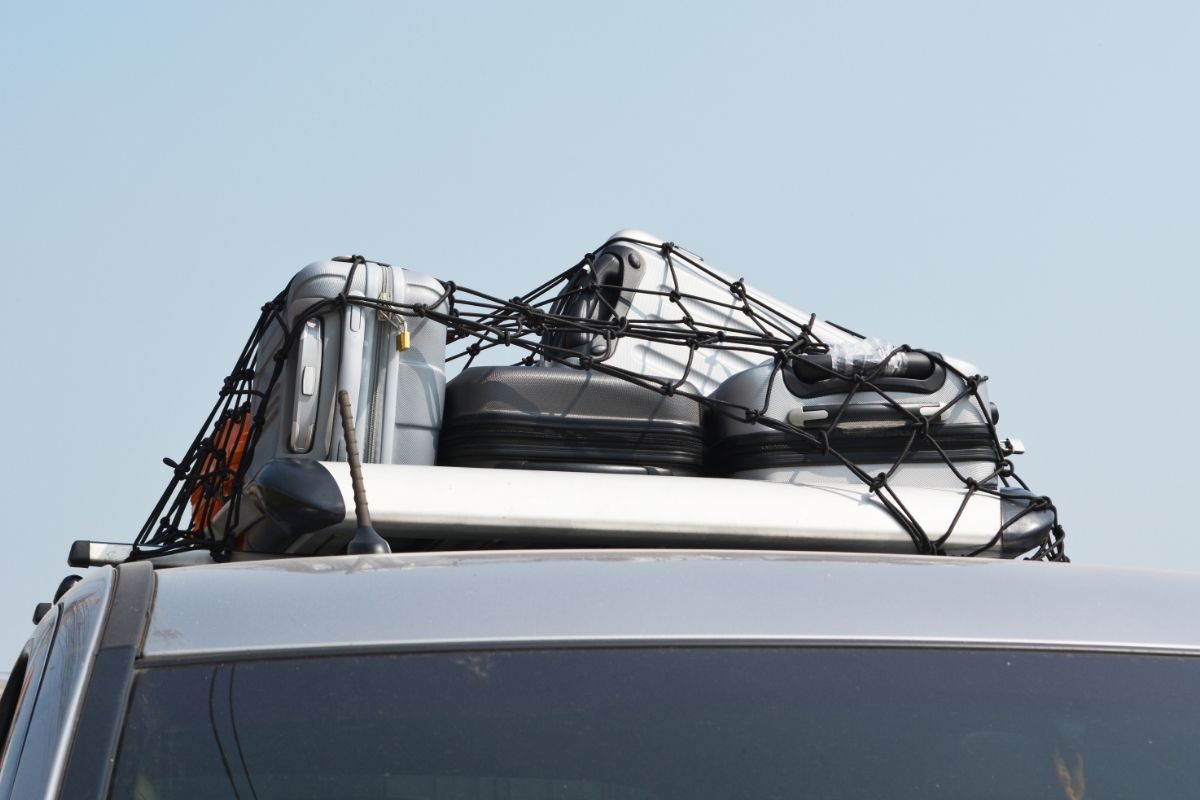
You should always use crossbars when you put something on top of your car. Crossbars help prevent things from falling off your car. Cargo bags are useful for carrying larger objects, but they aren’t very safe to use on cars without crossbars.
A thin piece of luggage or fabric box on top of a car doesn’t need crossbars. Crossbars are useful if you want to carry heavier items.
You should use a mat to protect your vehicle’s paint if you don’t have crossbars on your vehicle. Cargo bags and their contents could damage your vehicle’s finish.
Should I Remove My Roof Rack And Crossbars When Not In Use?
A roof rack, and the crossbars, all adds weight. They add drag too. Take off the crossbars if you’re not using them. Your car will thank you!
Crossbars are required when using a roof rack to carry heavy loads. Roof racks without crossbars are unstable and unsafe.
Are All Roof Rack Cross Bars Universal?
Not always. A universal roof rack crossbar system is the most cost effective solution for your car without side rails. These cross bars come with additional straps that go through the door frames and attach the crossbars to the top of your vehicle.
There are many different kinds of crossbars that fit into the rain gutters. Rain gutter crossbars are used to hold things such as bicycles or skis. You can also use them to hang things off of your vehicle.
Installing Crossbars
 When installing crossbars onto your roof rail, make sure that you follow these steps:
When installing crossbars onto your roof rail, make sure that you follow these steps:
- Measure the distance between the two points where you want to attach the crossbar. This measurement should be equal to the length of the crossbar plus an extra inch.
- Crossbars should be attached to the roof rack before adding any other accessories. You need to make sure you’ve put the correct clip on the crossbar. To check if you’ve done it correctly, you need to see whether your car has enough clearance when you drive.
- A precise method is to notice whether clips properly coincide with screw holes. If they’re not, try by interchanging them at alternate ends. Once they do, pull in screws with the help of a simple screwdriver. Tighten them loosely.
- Crossbars should be extended to the full length. Roof rails should be placed at the ends of the crossbars. A quick overview should be taken before tightening the screws. After tightening the screws, the crossbars should be removed.
- Roof rails should be attached with screws.. Crossbars should be tightened correctly.
Install the second bar and test it by putting on some luggage before mounting the heavy equipment. Your roof rack system is now ready to mount the heaviest equipment.
When installing crossbars onto your roof rail, make sure that you follow these steps:
- Measure the distance between the two points where you want to attach the crossbar. This measurement should be equal to the length of the crossbar plus an extra inch.
- Crossbars should be attached to the roof rack before adding any other accessories. You need to make sure you’ve put the correct clip on the crossbar. To check if you’ve done it correctly, you need to see whether your car has enough clearance when you drive.
- A precise method is to notice whether clips properly coincide with screw holes. If they’re not, try by interchanging them at alternate ends. Once they do, pull in screws with the help of a simple screwdriver. Tighten them loosely.
- Crossbars should be extended to the full length. Roof rails should be placed at the ends of the crossbars. A quick overview should be taken before tightening the screws. After tightening the screws, the crossbars should be removed.
- Roof rails should be attached with screws.. Crossbars should be tightened correctly.
Install the second bar and test it by putting on some luggage before mounting the heavy equipment. Your roof rack system is now ready to mount the heaviest equipment.
What Type Of Rack System Do I Need?
There are many types of racks. Racks come in different sizes and shapes. You can also add more than one rack to your car. You can use a single key to secure your entire rack. If you want to minimize noise, you should get the wing-shaped bars instead of the flat ones.
A raised rail rack allows you to attach a foot pack directly to it. You do not need to purchase a vehicle-specific fit kit, so this brings your cost way down.
Solid rails are used when the roof doesn’t have any gaps. You need a foot pack and a fit kit that mounts onto the side of the car.
Fix points are attached to the vehicle and are usually covered by a plastic tab. Roof racks mount onto fix points, but if there is no fix point then you’ll need a foot pack and fitting kit that attaches directly to the door jambs.
Things To Consider
Special items require special rack attachments, but never jury rig them to a standard roof rack! Roof loads change the dynamics, and the extra weight increases stopping distances.
Stay off the highway whenever possible. Drive slower, brake sooner, and make wider, slower turns. Pay attention to overhead clearance, especially when entering your carport.
Don’t put heavy loads on roofs without supports. Roof racks should be mounted securely to the car frame. Heavy items such as mattresses and boxes should be placed on the floor of the trunk.
Proper tying down methods are very important when transporting cargo. You should always make sure that you use the correct type of tie-down and properly position the object on the roof rack. This will prevent damage to your vehicle and injury to yourself.
To prevent flying objects from damaging your car, make sure the object does not extend over the windshield. If there is no room for the object to extend over the rear of the car, consider using another method of transportation.
Which Rack Is Right For You?
There are three different types of racks: A-Racks, B-Racks, and C-Racks.
A-Racks are very common because they are simple and cheap. They are usually mounted on the rear bumper or roof rack.
B-Racks are more expensive than A-Racks but they are heavier and stronger. They are also meant for cars with rails, as they use the rails to attach to the vehicle.
C-Racks are the most expensive type of rack, but they are the strongest. They are designed specifically for cars without rails.
You should always put your most important stuff first. When mounting racks, make sure they are easily accessible. Also, buy racks that you can remove when not using them. Finally, choose racks that are modular and customizable.
General Tips For Carrying Stuff On Your Roof
Your first priority is strapping things down securely. Purpose-design mounts make that easy. You must find the stablest way to place items on your racks.
Without a rack, bikes should be loaded upside down, with handlebars on one cross bar and seat on another. If they can be placed on your crossbars with stability, your chances of successfully carrying them on your roof are much greater.
Proper ratchet tie down straps should be used to ensure the safety of the cargo. Tie downs should be tightened using ratchets. Never use knots or pull-to-tighten straps. Always use at least 1 strap per cross bar.
Make sure the load will stay secured during braking and cornering.
A locking rack will prevent thieves from stealing your bike.
Roof loads should be measured before you drive anywhere. Don’t carry anything tall on your roof. Slow down when approaching bad weather. And, avoid highways if you have heavy loads on your roof.
Conclusion
So, do you need crossbars for a roof rack? Generally speaking, you should always use crossbars for your roof rack whenever you can!
